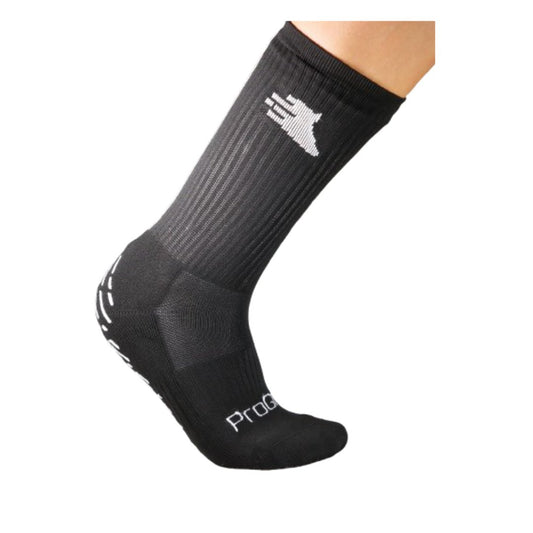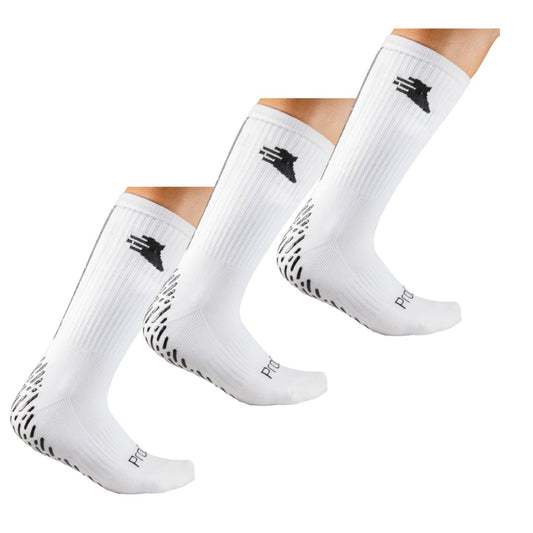Sports recovery is a crucial aspect of any athlete's training routine. It involves taking the necessary steps to repair and rebuild the body after physical activity, so that it is ready for the next training session or competition. Proper recovery can help athletes avoid injury, improve performance, and maintain overall health and well-being.
One of the main reasons why sports recovery is so important is because physical activity can put a lot of stress on the body. When you exercise, your muscles undergo microtears and inflammation, which can cause soreness and fatigue. If these issues are not properly addressed, they can lead to more serious problems such as muscle imbalances, overuse injuries, and decreased performance.
In order to properly recover from physical activity, it is important to address several different aspects of the body. This includes:
-
Muscles: After exercise, it is important to stretch and foam roll the muscles to help them recover and repair. This can help reduce muscle soreness and improve flexibility.
-
Nutrition: Proper nutrition is essential for recovery. Athletes should aim to consume a balanced diet that includes plenty of protein, carbohydrates, and healthy fats. It is also important to stay hydrated by drinking plenty of water.
-
Sleep: Adequate sleep is crucial for recovery. During sleep, the body releases growth hormone, which helps to repair and rebuild the muscles. It is recommended that athletes aim for 7-9 hours of sleep per night.
-
Mental recovery: It is not just the body that needs to recover from physical activity. The mind also needs time to rest and recover. This can be achieved through activities such as meditation, deep breathing, and relaxation techniques.
There are several different strategies that athletes can use to implement effective sports recovery into their training routine. Some of these strategies include:
-
Active recovery: This involves low-intensity physical activity such as walking or light yoga. Active recovery can help to improve circulation, flush out lactic acid, and reduce muscle soreness.
-
Massage: Massage can be helpful for relieving muscle tension and promoting relaxation. It can also improve circulation and help to remove waste products from the muscles.
-
Cold therapy: Applying cold to the muscles can help to reduce inflammation and swelling. This can be done through ice baths, ice packs, or cryotherapy.
-
Heat therapy: Heat therapy can help to improve circulation and relax the muscles. This can be done through hot baths, heat wraps, or saunas.
-
Compression clothing: Wearing compression clothing during and after physical activity can help to improve circulation and reduce muscle soreness.
In conclusion, sports recovery is an essential part of any athlete's training routine. By addressing the various aspects of the body and implementing effective recovery strategies, athletes can improve performance, reduce the risk of injury, and maintain overall health and well-being. Proper recovery can help athletes to stay at the top of their game and perform at their best.





